"Demeter-International -- A Worldwide Network." Demeter.net. Retrieved September 6, 2014.
- Available at: http://www.demeter.net/demeter-international/worldwide-network
Freeman, A.; and Waterman, C. (Eds.). 1958. Rudolf Steiner: Recollections by Some of his
Pupils. London, England: The Golden Blade.
"History." Demeter Association, Inc.: About. Retrieved September 6, 2014.
- Available at: http://www.demeter-usa.org/about-demeter/demeter-history.asp
Kiiker, Elle. 20 April 2014. "Adele Klara Johanna* Marie Gräfin Keyserlingk (von Skene)." Geni.com. Retrieved September 6, 2014.
- Available at: http://www.geni.com/people/Adele-Klara-Johanna-Gr%C3%A4fin-Keyserlingk/6000000018204565286
Kiiker, Elle. 20 April 2014. "Adalbert* Robert Alexander Graf Keyserlingk." Geni.com. Retrieved September 6, 2014.
- Available at: http://www.geni.com/people/Adalbert-Robert-Graf-Keyserlingk/6000000025820073119
Kiiker, Elle. 20 April 2014. "Karl* Wilhelm Wolfgang Graf Keyserlingk." Geni.com. Retrieved September 6, 2014.
- Available at: http://www.geni.com/people/Wolfgang-Karl-Gf-Keyserlingk/6000000025820270908
Kiiker, Elle. 20 April 2014. "Wolfgang* Robert Karl Augen Gf. Keyserlingk." Geni.com. Retrieved September 6, 2014.
- Available at: http://www.geni.com/people/Wolfgang-Karl-Gf-Keyserlingk/6000000025820270908
Lachman, G. 2007. Rudolf Steiner: An Introduction to His Life and Work. New York, NY: Jeremy
P. Tarcher / Penguin.
Paull, John. 2011. "Attending the First Organic Agriculture Course: Rudolf Steiner's Agriculture Course at Koberwitz, 1924." European Journal of Social Science 21(1):64-70.
Paull, John. 2012. "The Glass House: Crucible of Biodynamic Agriculture." Elementals: Journal of Bio-Dynamics Tasmania 108(Summer):18-23. Retrieved September 6, 2014.
- Available at: http://orgprints.org/22346/22/22346.pdf
Pfeiffer, E. 1958. Bio-Dynamic Farming and Gardening: Soil Fertility Renewal and Preservation. Translated by F. Heckel. New York, NY: Anthroposophic Press.
Rudolph, Katherine. 2011. "About Marie Steiner." Exploring the World in Colour and Speech. Retrieved September 6, 2014.
- Available at: http://www.exploringtheword.com.au/about-marie-steiner
Rudolph, Katherine. 2011. "About Rudolf Steiner." Exploring the World in Colour and Speech. Retrieved September 6, 2014.
- Available at: http://www.exploringtheword.com.au/about-rudolf-steiner
Schilthuis, W. 2003. Biodynamic Agriculture. Edinburgh, Scotland: Floris Books.
Steiner, Rudolf. 1924. The Agriculture Course. Prefaced by Ehrenfried Pfeiffer, M.D. Translated by George Adams. Rudolf Steiner Archive.
- Available at: http://wn.rsarchive.org/Lectures/GA327/English/BDA1958/Ag1958_index.html
Steiner, Rudolf. 2000. Mein Lebensgang: Eine nicht vollendete Autobiographie, mit einem Nachwort, herausgegeben von Marie Steiner 1925. Dornach Switzerland: Rudolf Steiner Verlag.
- Available via Internet Archive at: https://archive.org/details/rudolf-steiner-ga-028
Steiner, Rudolf. 1993. Spiritual Foundations for the Renewal of Agriculture: A Course of Lectures Held at Koberwitz, Silesia, June 7 to June 16, 1924. Translated from the German by Catherine E. Creeger and Malcolm Gardner. Edited by Malcolm Gardner. Kimberton, PA: Bio-Dynamic Farming and Gardening Association, Inc.
Steiner, Rudolf. What is Biodynamics? A Way to Heal and Revitalize the Earth. Edited by Marcia Merryman. Introduced by Hugh J. Courtney. Great Barrington, MA: SteinerBooks.
von Keyserlingk, A.G. (Ed.). 1999. The Birth of a New Agriculture. London, England: Temple Lodge.
Wilson, C. 1985. Rudolf Steiner: The Man and His Vision. Wellingborough, Northamptonshire, England: The Aquarian Press.
"Zeittafel zu Leben und Werk von Rudolf Steine (1861 - 1925)." Anthroposophie Forum > Rudolf Steiner > Leben. Wolfgang Peter. Web. www.anthroposophie.net
- Available via Forum für Anthroposophie, Waldorfpädagogik und Goetheanistische Naturwissenschaft at: http://www.anthroposophie.net/steiner/bib_steiner_zeittafel.htm


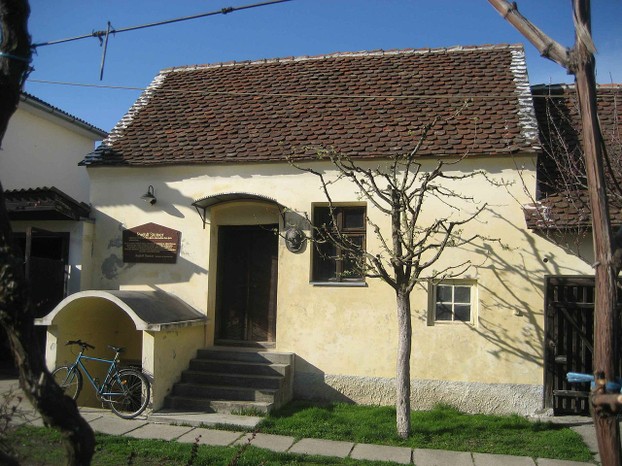
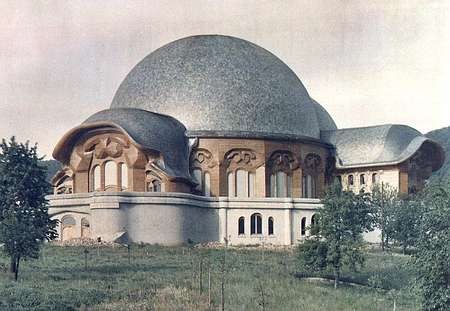
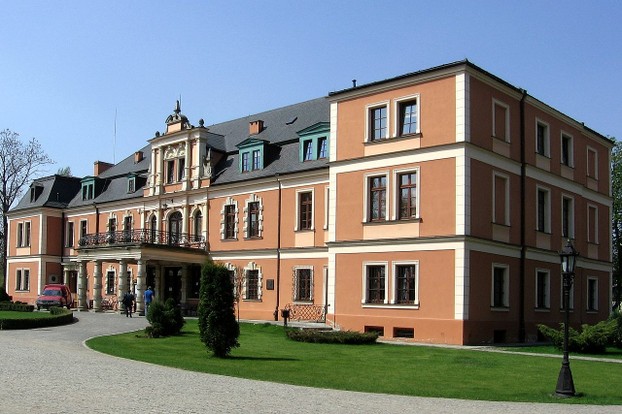
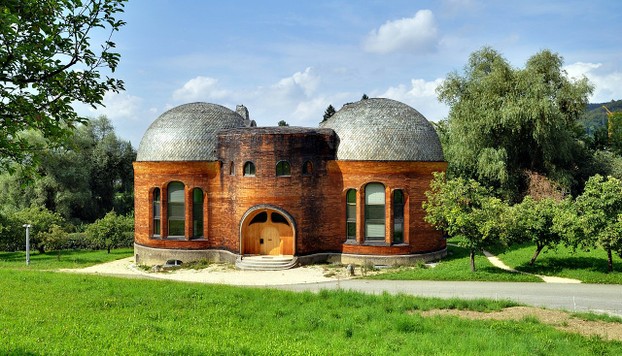
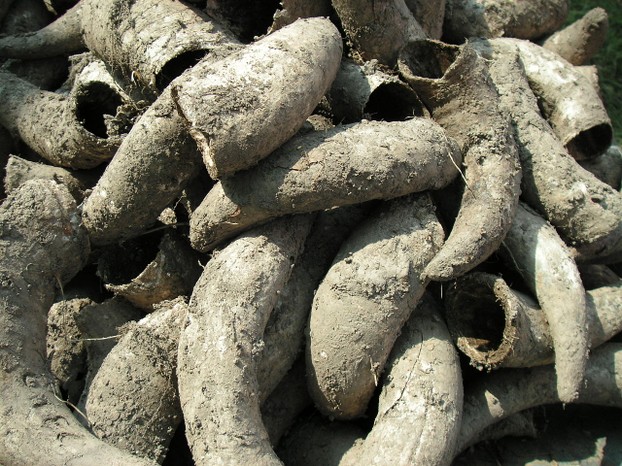
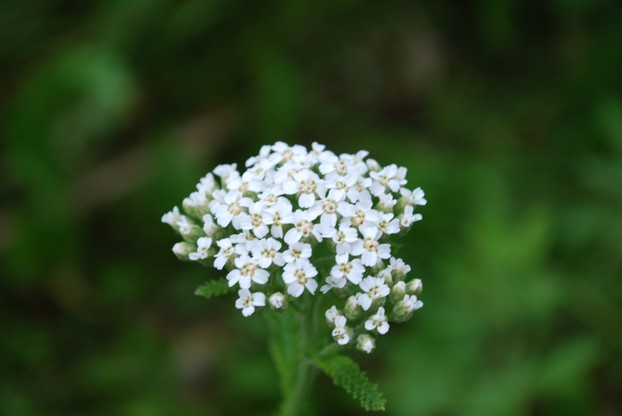
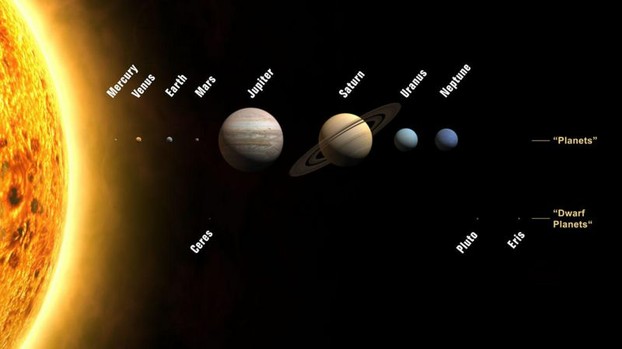
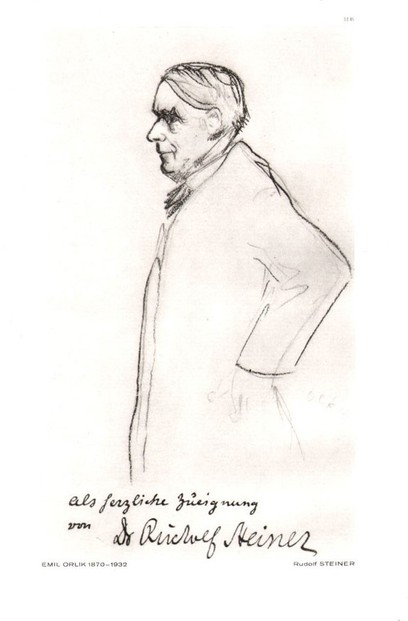
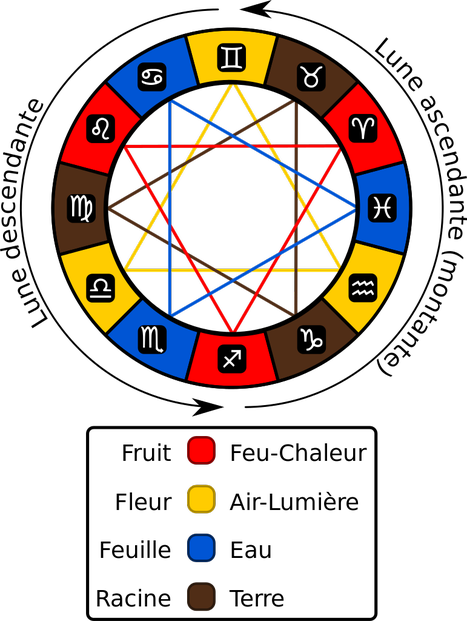
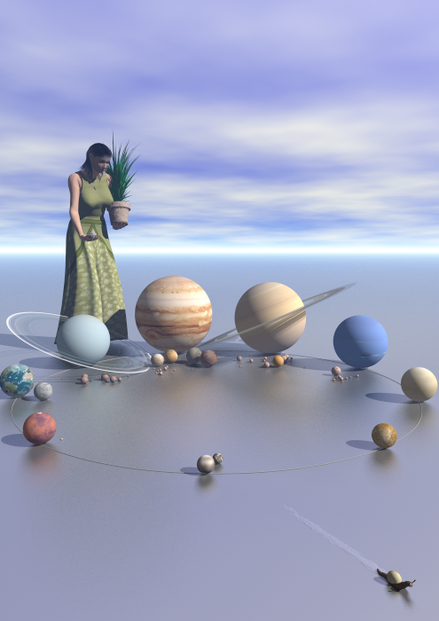



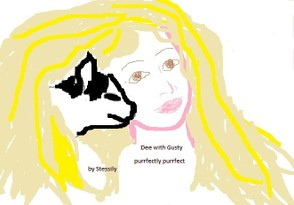
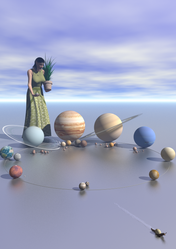

 Are Hawaiian Huakai Po Nightmarchers Avenging Halloween Thursday?on 10/02/2024
Are Hawaiian Huakai Po Nightmarchers Avenging Halloween Thursday?on 10/02/2024
 Mailing Addresses for 2023 Form 4868 Extending 1040 and 1040SR April 15, 2024, Due Dateon 04/15/2024
Mailing Addresses for 2023 Form 4868 Extending 1040 and 1040SR April 15, 2024, Due Dateon 04/15/2024
 Mailing Addresses for 2023 Forms 1040 and 1040SR Filed in 2024on 04/15/2024
Mailing Addresses for 2023 Forms 1040 and 1040SR Filed in 2024on 04/15/2024
 Mailing Addresses for 2022 Form 4868 Extending 1040 and 1040SR April 18, 2023, Due Dateon 04/13/2023
Mailing Addresses for 2022 Form 4868 Extending 1040 and 1040SR April 18, 2023, Due Dateon 04/13/2023

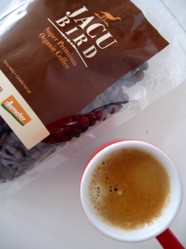
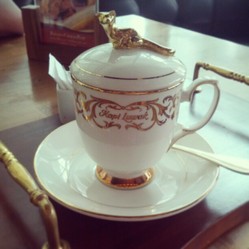
Comments